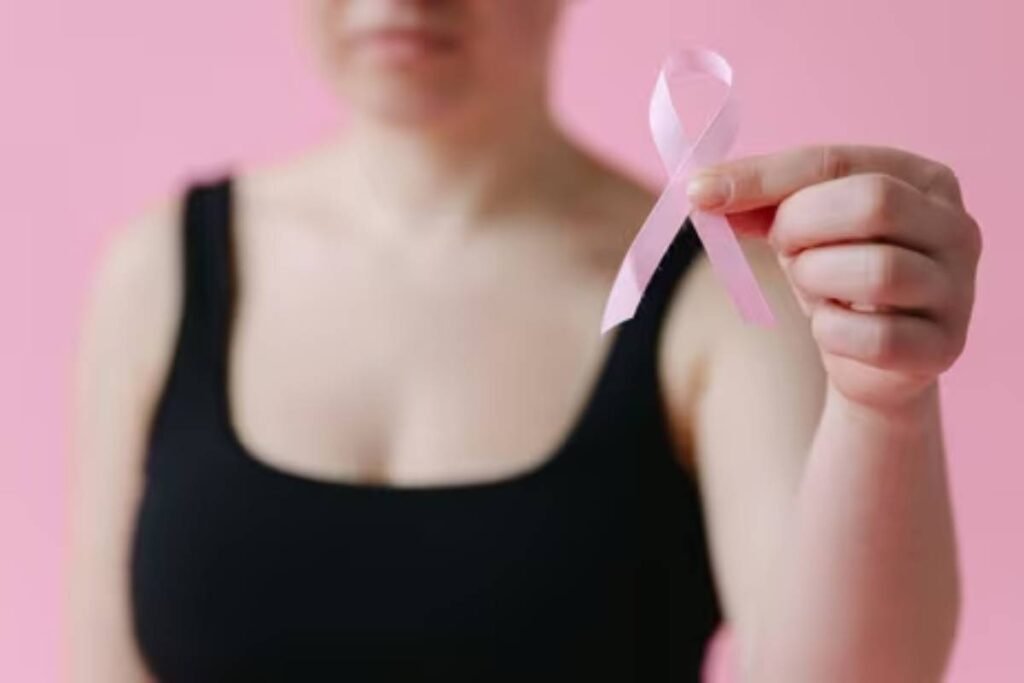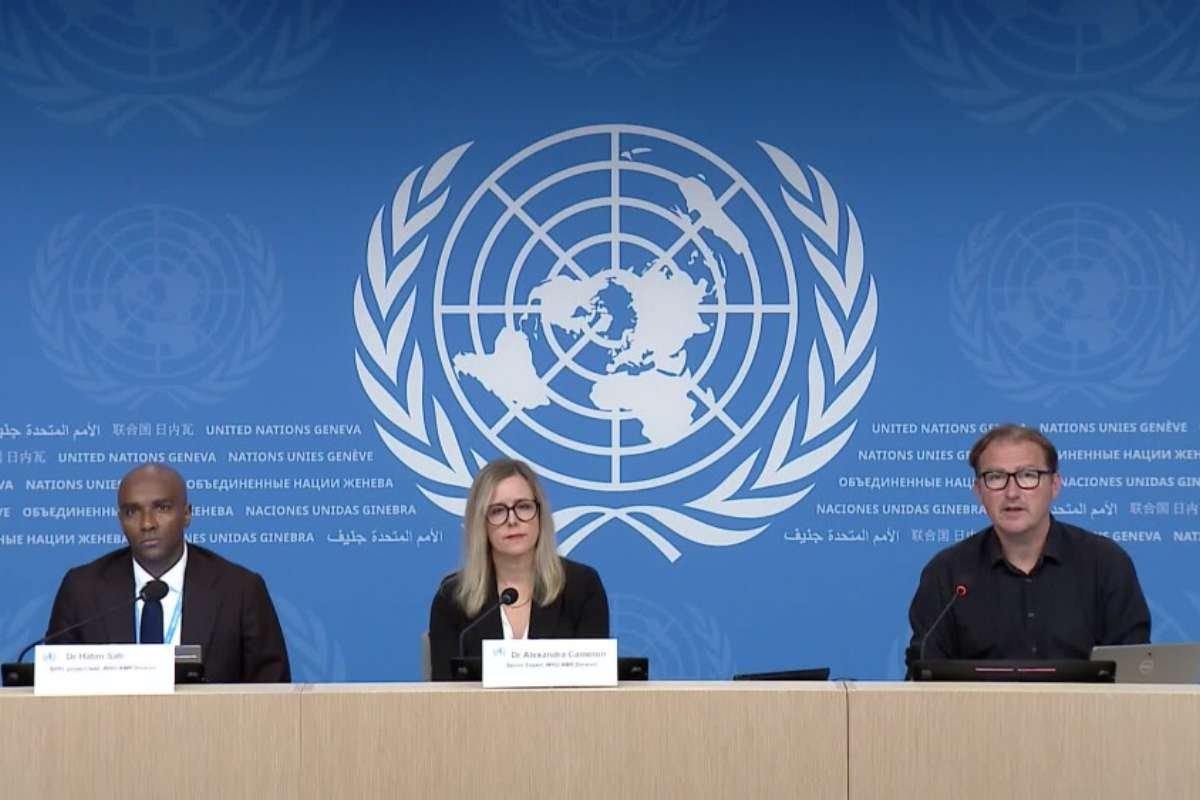Source-hindustantimes.com
Rising Incidence in Younger Women
There is a concerning increase in breast cancer rates among women under the age of 50, but there are actionable steps individuals can take to help reduce their risk. A recent report from the American Cancer Society indicates that from 2012 to 2021, breast cancer rates in this demographic rose by 1.4% annually. Notably, since the year 2000, Asian American and Pacific Islander women have experienced the most significant increase, with rates climbing by 2.5% to 2.7% each year.
Dr. Jon LaPook, chief medical correspondent, attributes much of this rise to estrogen-fueled types of breast cancer. He notes that researchers have observed trends such as the onset of menstruation at younger ages and women increasingly delaying childbirth. These factors lead to more menstrual cycles, which result in higher estrogen levels. Additionally, obesity plays a role in this increase. An enzyme called aromatase, found in fat tissue, converts testosterone into estrogen, contributing to elevated estrogen levels.
Alcohol Consumption as a Risk Factor
Dr. LaPook highlights another significant factor influencing breast cancer rates: alcohol consumption. He explains that there has been a surge in binge drinking among women in their 30s and 40s, which is associated with an increased risk of breast cancer. According to estimates, around 16% of all breast cancer cases can be attributed to alcohol consumption.
While the reasons for rising rates among Asian American and Pacific Islander women remain less understood, the shift is striking. Dr. LaPook points out that this demographic once had a lower risk but has seen their rates climb to levels comparable to those of White women. Ongoing research at UC San Francisco aims to explore these trends further. Additionally, disparities in outcomes persist, particularly among Black women, which continue to be a focal point of research efforts.
Addressing Health Disparities
In response to the need for a greater understanding of cancer disparities, the American Cancer Society recently launched the VOICES of Black Women study. This initiative aims to enroll over 100,000 Black women across the United States to gain insights into risk factors and outcomes associated with breast cancer.
Despite the concerning trends, the report does provide some positive news. Over the past 33 years, there has been a 44% decrease in mortality from breast cancer, translating to over 500,000 lives saved. The American Cancer Society credits this significant reduction to advancements in early detection and treatment.
However, not all groups have experienced the same benefits. For Native American women, there has been no observed decrease in mortality rates. Dr. William Dahut, chief scientific officer at the American Cancer Society, emphasizes that while women today have a lower likelihood of dying from breast cancer, substantial disparities persist. Specifically, Asian American, Pacific Islander, Native American, and Black women face alarming gaps in outcomes that must be addressed.
Call for Systematic Changes
Dr. Dahut calls for systematic efforts to ensure that all women have access to high-quality screening and treatment. Addressing these disparities is crucial for improving outcomes for underrepresented groups in the fight against breast cancer. The emphasis on equality in healthcare access and outcomes is vital in moving toward a future where all women can benefit from advancements in breast cancer detection and treatment.









